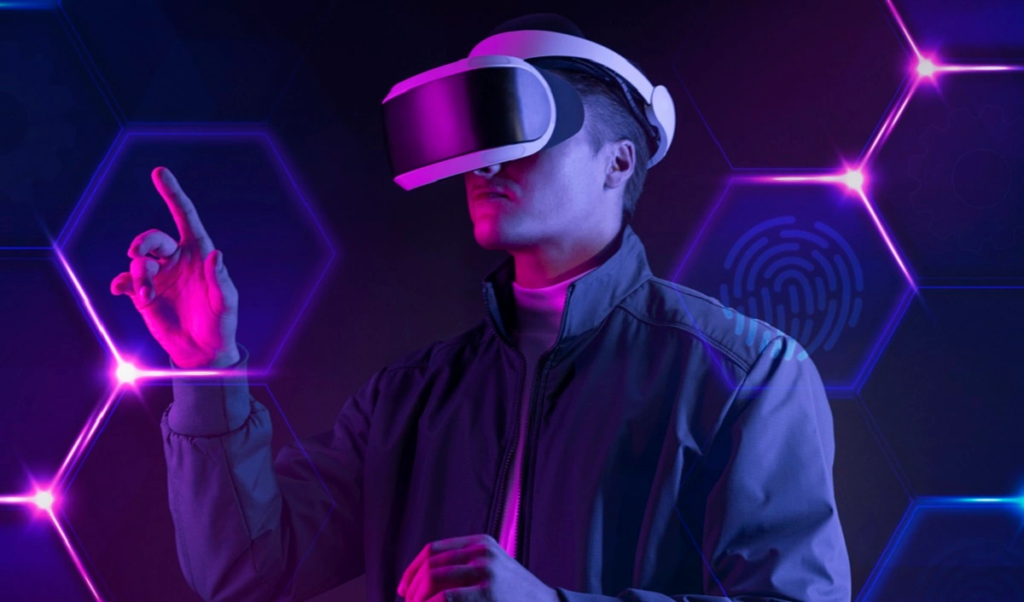
The Indian Space Research Organization (ISRO) has joined forces with the Indian Institute of Technology (IIT) Madras to develop an astronaut training module. The primary objective of this collaboration is to create a comprehensive training program for future Indian astronauts. The program will encompass various aspects of spaceflight, including physical and psychological preparation, spacecraft systems and operations, and mission simulations.
IIT Madras is renowned for its expertise in space technology and will play a crucial role in supporting ISRO in developing this module. With its cutting-edge technical know-how, the institute will bring its vast experience in the field of space research to the table. This partnership is a vital step forward in India’s space program and will help equip future astronauts with the skills they need to undertake complex missions in space.
ISRO’s primary goal is to promote space technology for the benefit of humanity and establish India as a leading player in the global space industry. This collaboration with IIT Madras is in line with this mission and will enable ISRO to achieve its objectives by providing Indian astronauts with world-class training. The space agency is committed to leveraging cutting-edge technology and innovative methods to prepare its astronauts for space missions, and the collaboration with IIT Madras will help achieve this objective.
The astronaut training module will be designed to cater to the specific needs of future Indian astronauts. The program will cover a wide range of topics, including physical and mental conditioning, spacecraft systems, and operations, and mission simulations. The astronauts will be trained on the latest technology and techniques in space exploration, allowing them to acquire the knowledge and skills they need to undertake complex missions in space.
Building virtual models and simulations of human physiology, as well as space technologies, will be critical to understanding how the human body responds and adapts to long-duration spaceflight, such as a trip to the moon. Visualizing and optimising the design and architecture of space-faring equipment, such as the interiors of a mission’s crew module, is another component of the project. The initiative will also leverage XTIC’s network of industry and startup groups to generate interest in developing XR apps and solutions.


